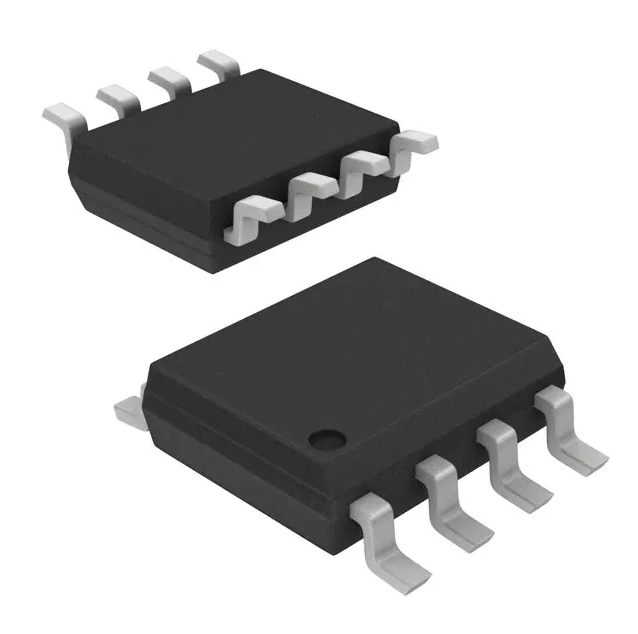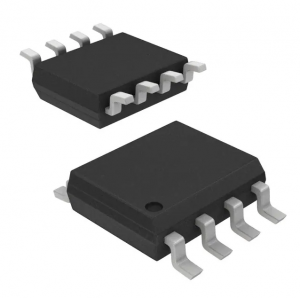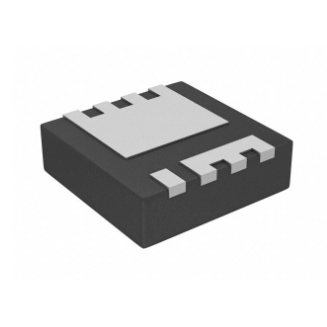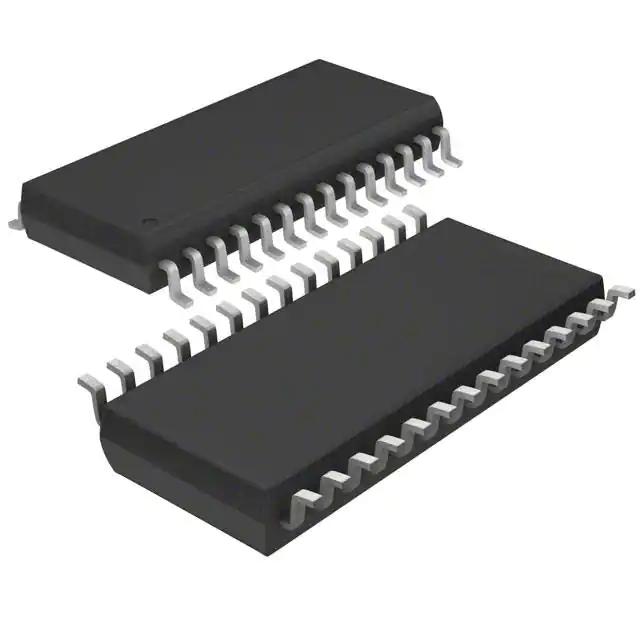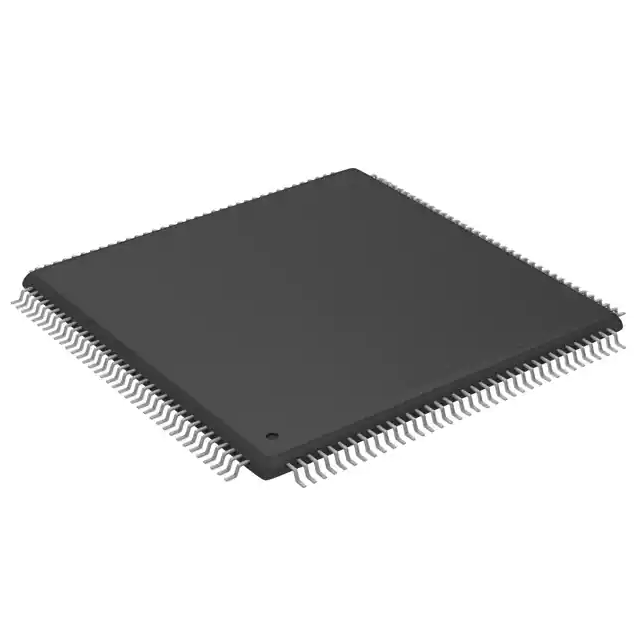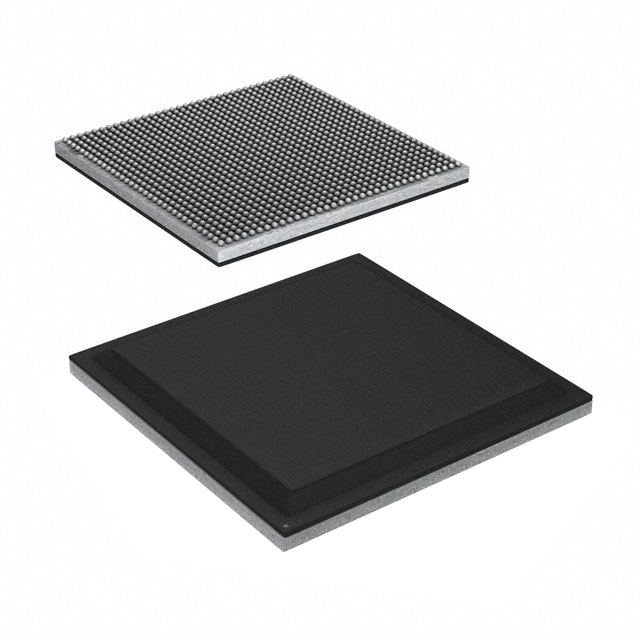Adum121n1brz ADUM121N1BRZ BOM Supplier Integrated Circuits In Stock IC ADUM121N1BRZ DGTL ISO 3000VRMS 2CH GP 8SOIC
Product Attributes
| TYPE | DESCRIPTION |
| Category | IsolatorsDigital Isolators |
| Mfr | Analog Devices Inc. |
| Series | iCoupler® |
| Package | Tube |
| Standard Package | 98 |
| Product Status | Active |
| Technology | Magnetic Coupling |
| Type | General Purpose |
| Isolated Power | No |
| Number of Channels | 2 |
| Inputs – Side 1/Side 2 | 1/1 |
| Channel Type | Unidirectional |
| Voltage – Isolation | 3000Vrms |
| Common Mode Transient Immunity (Min) | 75kV/µs |
| Data Rate | 150Mbps |
| Propagation Delay tpLH / tpHL (Max) | 13ns, 13ns |
| Pulse Width Distortion (Max) | 3ns |
| Rise / Fall Time (Typ) | 2.5ns, 2.5ns |
| Voltage – Supply | 1.7V ~ 5.5V |
| Operating Temperature | -40°C ~ 125°C |
| Mounting Type | Surface Mount |
| Package / Case | 8-SOIC (0.154″, 3.90mm Width) |
| Supplier Device Package | 8-SOIC |
| Base Product Number | ADUM121 |
what kind of company is ADI, which has long been a low-profile company? The semiconductor journey is a long one, how does ADI rely on its strength to continue to open up territory in this field?
Through an interview with Zhao Yimiao, General Manager of ADI’s System Solutions Business Unit, Wise Stuff tries to follow his 15 years of experience in ADI’s history, to restore ADI’s global layout, growth, and 25 years of development in China.
I. ADI: Bridging the physical and the digital, beyond Moore
Since its foundation in 1965, ADI has experienced wave after wave of technological development. It has been a witness to the evolution of technology around the world and is one of the many navigators who have sailed through these waves in search of a “new world” of technology.
2, two major acquisitions: in response to the explosion of new technologies to lay the groundwork
Another point of view, ADI in addition to the analog-to-digital conversion technology is exceptionally obsessed with, over the years also continue to acquire, to further expand their capabilities boundary.
Two of the most important acquisitions in ADI’s history were made by Cybertek and Linear Technology.
In 2014, a $2 billion deal saw ADI take over Cybertek and its proud RF technology.
For ADI back then, this meant that its RF technology could no longer be limited to below 6GHz, achieving full band coverage from 0 to 110GHz RF band, microwave band, and millimeter wave band, with a complete RF product solution.
However the low-profile giant’s ambitions would not stop there, and then two years later, ADI threw out a $14.3 billion deal that sent shockwaves through the global semiconductor industry in 2016 – the acquisition of Linear Technology.
This time ADI was targeting Linear Technology’s high-performance power supply technology, which enables the package size of power modules to be extremely small, increasing power supply efficiency while improving electromagnetic compatibility and significantly reducing interference from external radiation to further meet the increasingly stringent demands of future automotive applications.
If we look beyond the historical point of these two acquisitions, we can see that the significance of these two acquisitions goes far beyond ADI’s business lines, behind which is the building of a solid technological fortress for the current explosion of new communication technologies and autonomous driving.
3. Diversifying Moore: digital and analog at the same time
When it comes to semiconductor companies today, Moore’s Law is an inevitable topic.
In recent years, with the chip process technology gradually approaching the physical ceiling, Moore’s Law is facing the technical dilemma of gradual failure.
But in Zhao Yimiao’s opinion, ADI’s thinking is a little different from most semiconductor companies, they are more concerned about the ceiling of Moore’s Law, but how to move from the physical world to the digital world, to gain insight into the characteristics or nuances of various signals in the real world, to continue to get valuable data.
This idea is also known as “More than Moore”, the diversity of Moores.
In the digital signal world, the integration of key components and software of a complete system on a single chip is also known as SoC (System on Chip), while in the analog signal world, the multi-chip packaging of different analog processes is called SiP (System In Package).
ADI has developed a new process architecture by combining SoC and SiP for the electrical signal characteristics required to interact with the physical world and the real world and has developed a variety of devices and product technologies to help customers and their applications deliver higher system value.
For example, ADI has developed MEMS (Micro Electro Mechanical Systems) sensors based on this, which can be used not only in automotive airbags, but also in motion detection equipment such as watches and bracelets, and can better control the hovering of devices such as drones, as well as industrial scenarios such as oil, mining and wind turbines, by detecting vibration, speed, frequency and other The detection of elements to reduce and respond to various types of risk.
4. Beyond Moore: redefining products from system applications
It is not ADI’s style to take things as they come, instead, the company is always keenly aware of the risks.
As Zhao Yimiao says: “We are increasingly finding that process-level and device-level innovation is far from enough for ADI to cope with the rapid development of technology in the world today.”
So where do we go from here?
System-level innovation! ADI made the decision and has been moving toward solutions ever since.
In 2008, ADI started to set up a business unit system, which crosses over with the company’s product lines and together drives the whole ADI innovation development, and calls this “Beyond Moore”.
Beyond Moore is not only about the evolution of various digital processes, but also about the innovation of analog technologies, and gradually extends to the understanding of systems and the introduction of more software and algorithms into system-level products.
ADI’s Beyond Moore focuses on application scenarios such as consumer electronics, healthcare, industrial automation, communications infrastructure, and automotive electronics, and defines products from a system application perspective.
For example, in automotive electronics, ADI has developed a BMS (Battery Management System) solution for multi-channel battery cascading; in autonomous driving, it has also developed a portfolio of Drive360 sensing and navigation technologies covering millimeter wave radar, LIDAR, and inertial measurement units.
It is easy to see that ADI has always taken an innovative and forward-looking view of the evolution of the entire industrial landscape.
In particular, ADI’s four tools at hand – the bridge concept, acquired technologies, diversified moiré, and beyond moiré – have given it a valuable ticket to move unhindered between the world of analog and digital signals.






